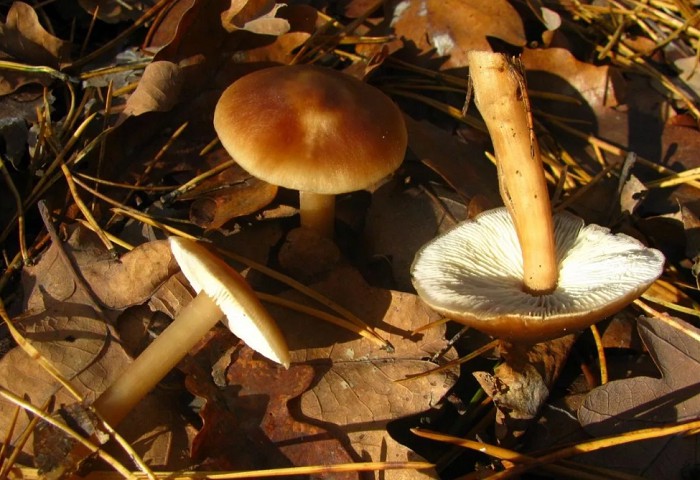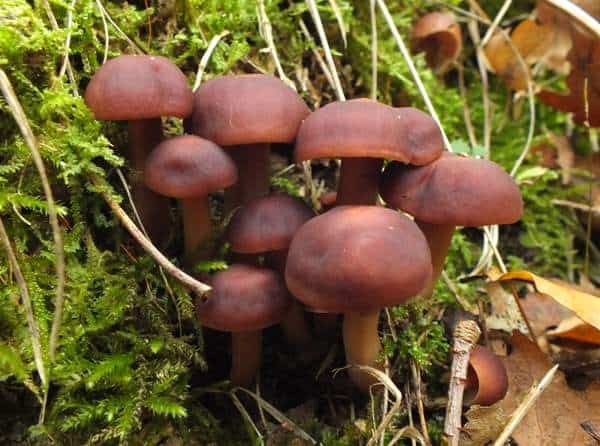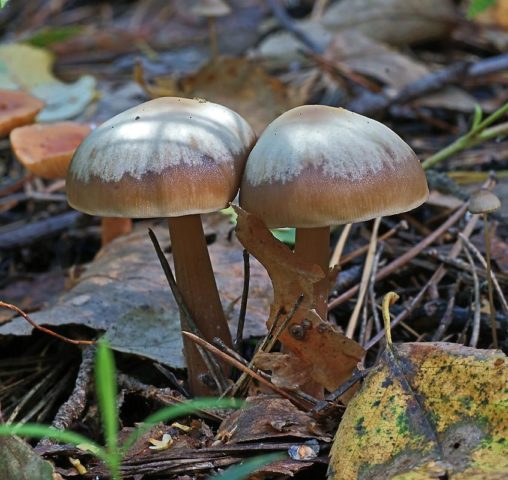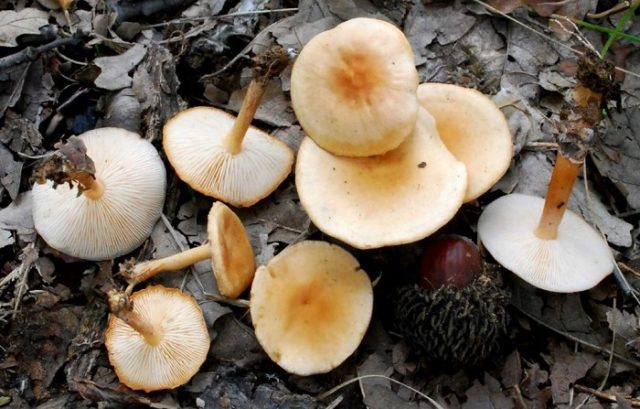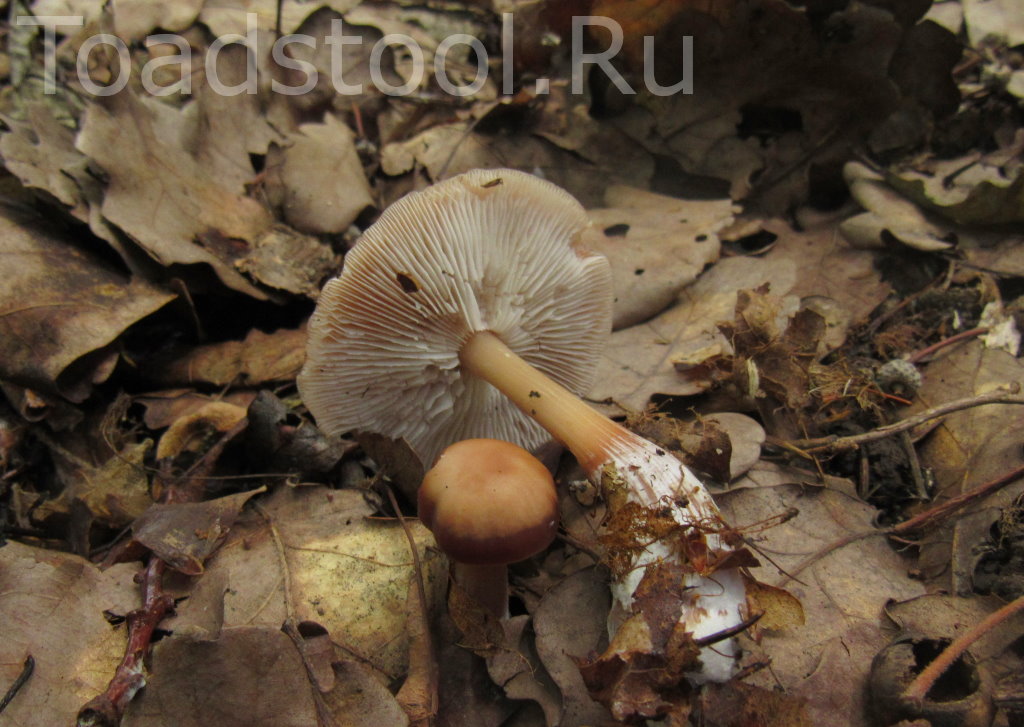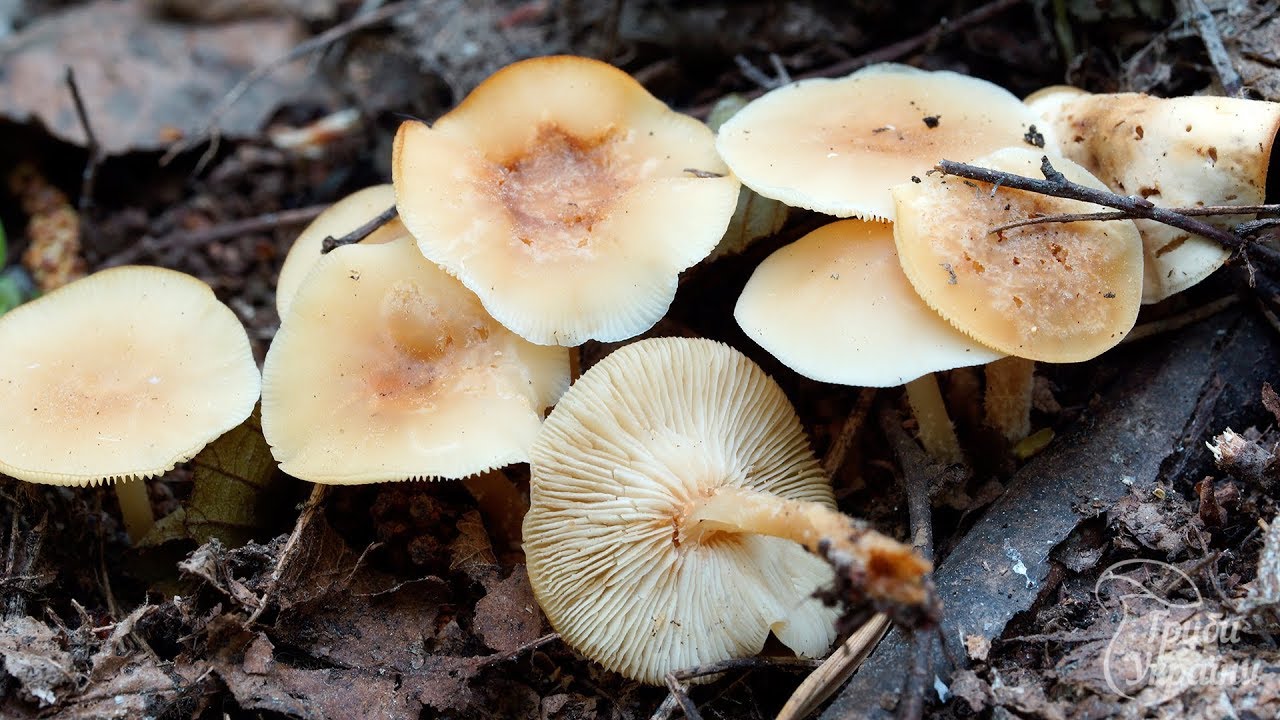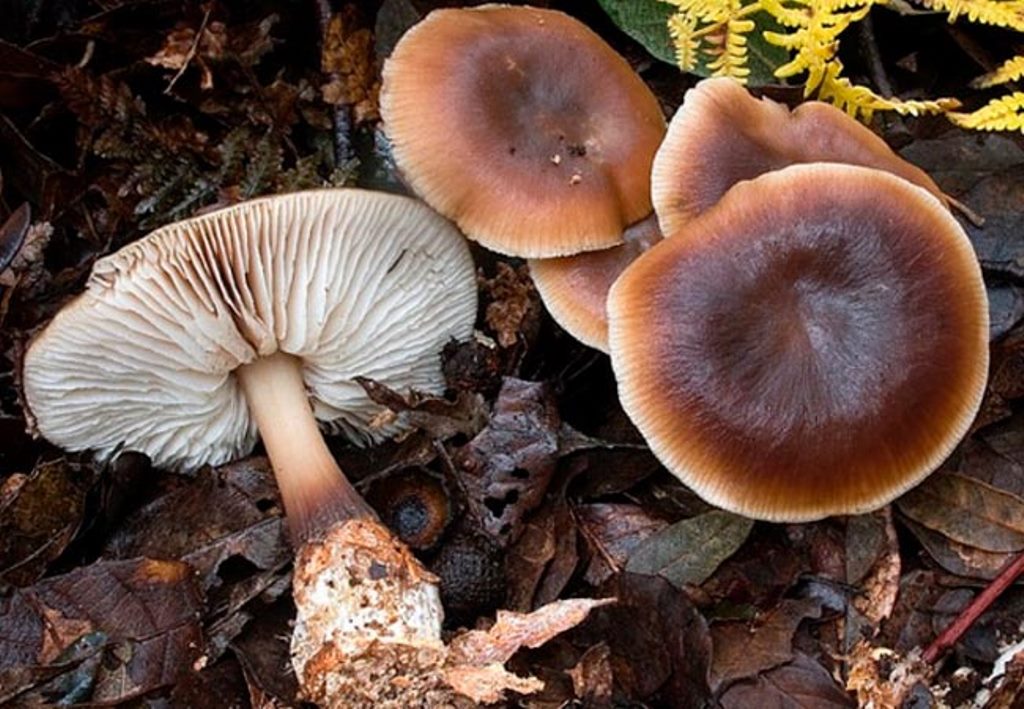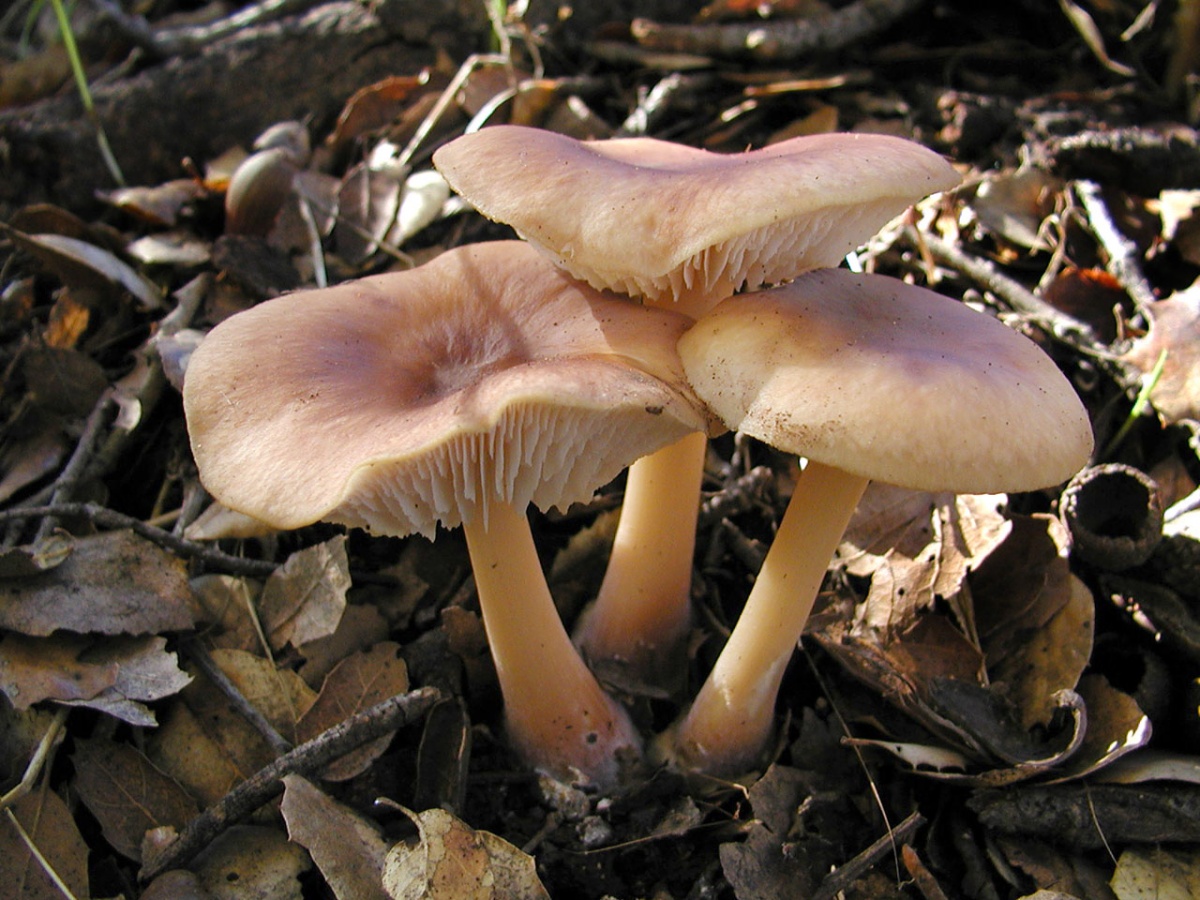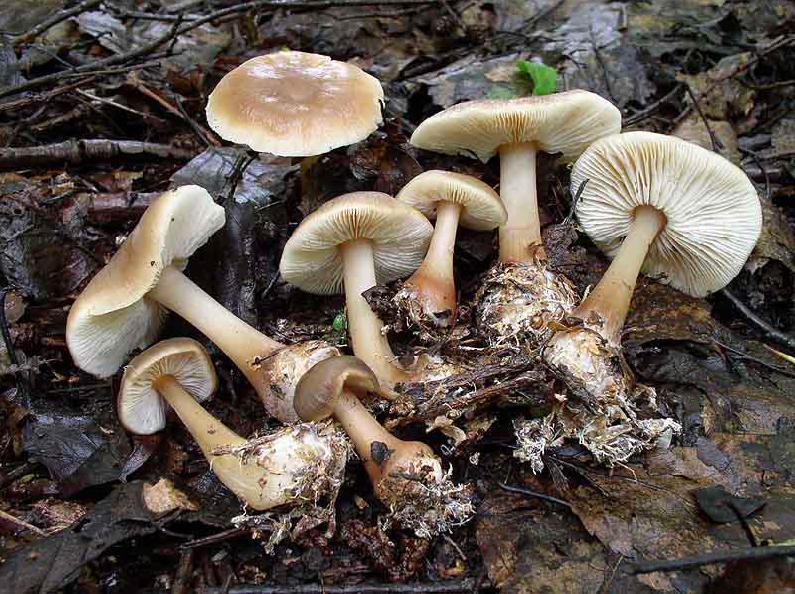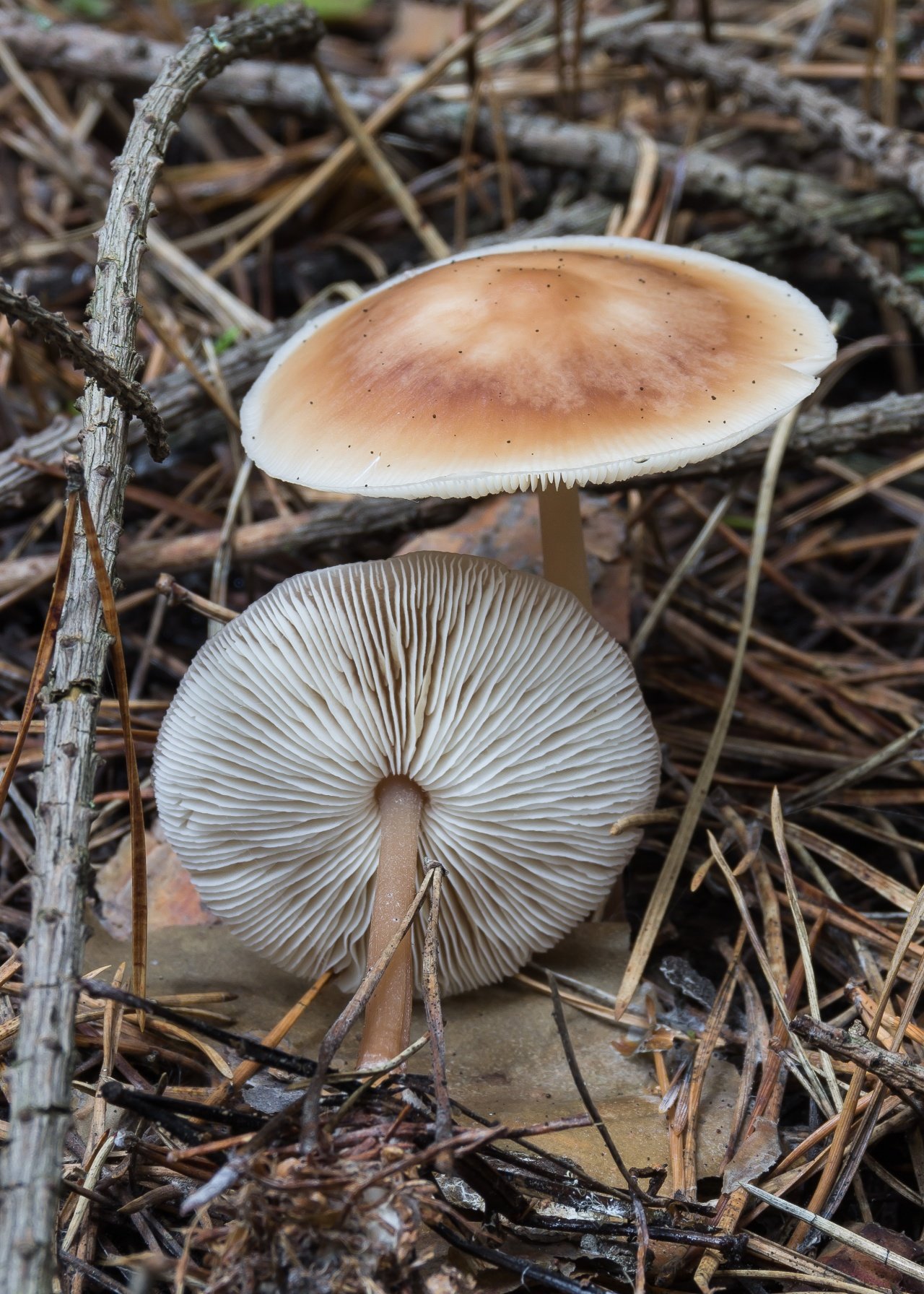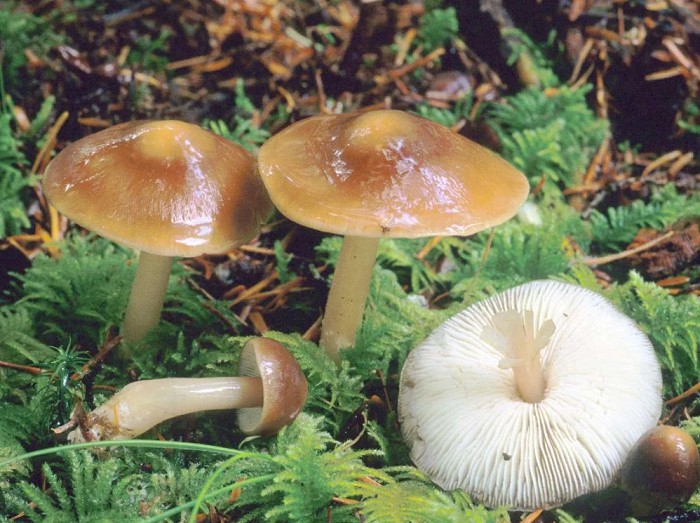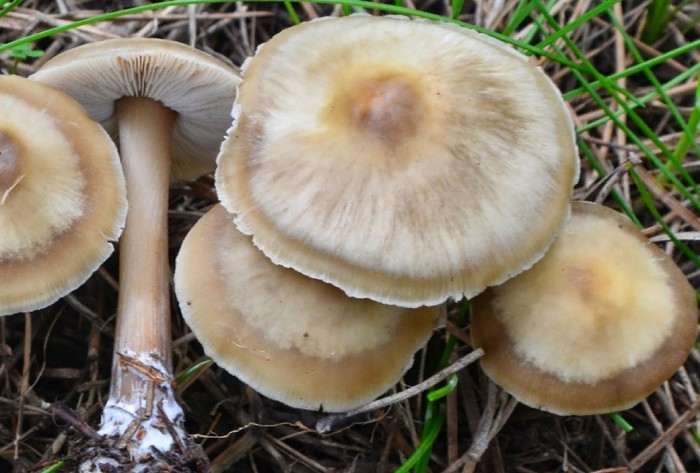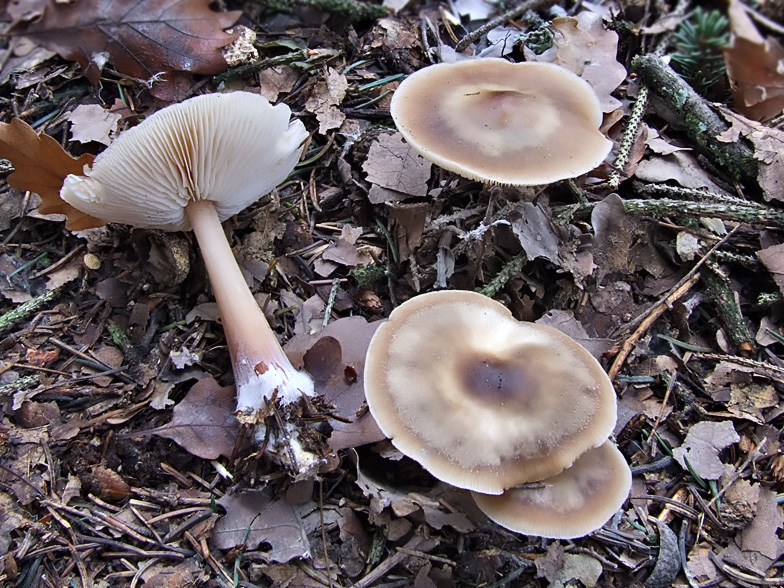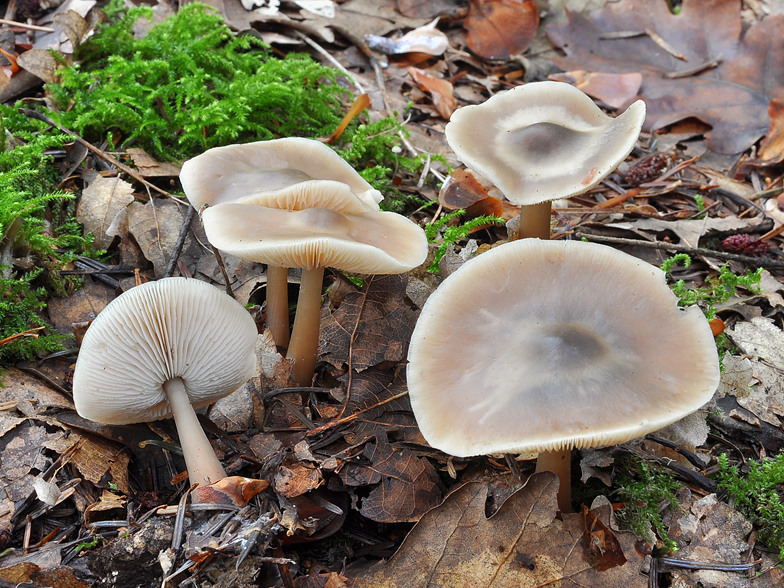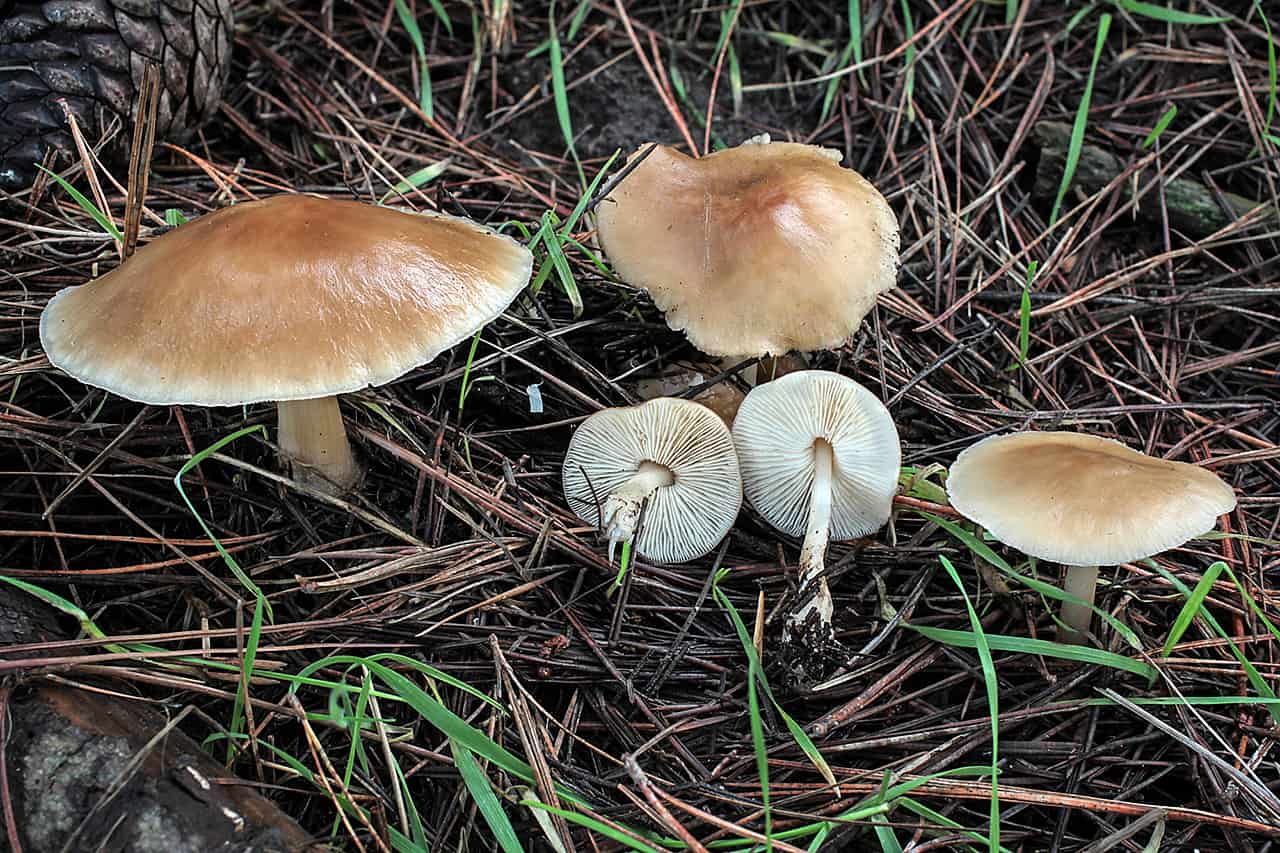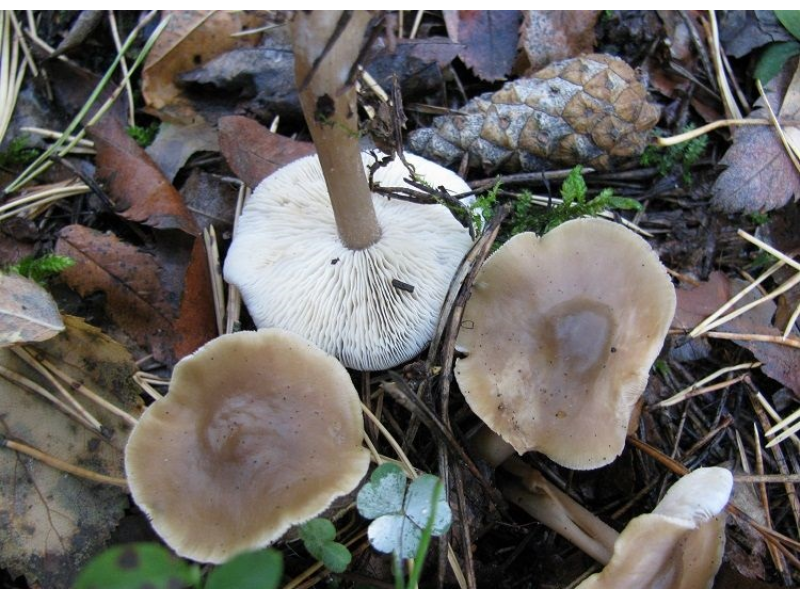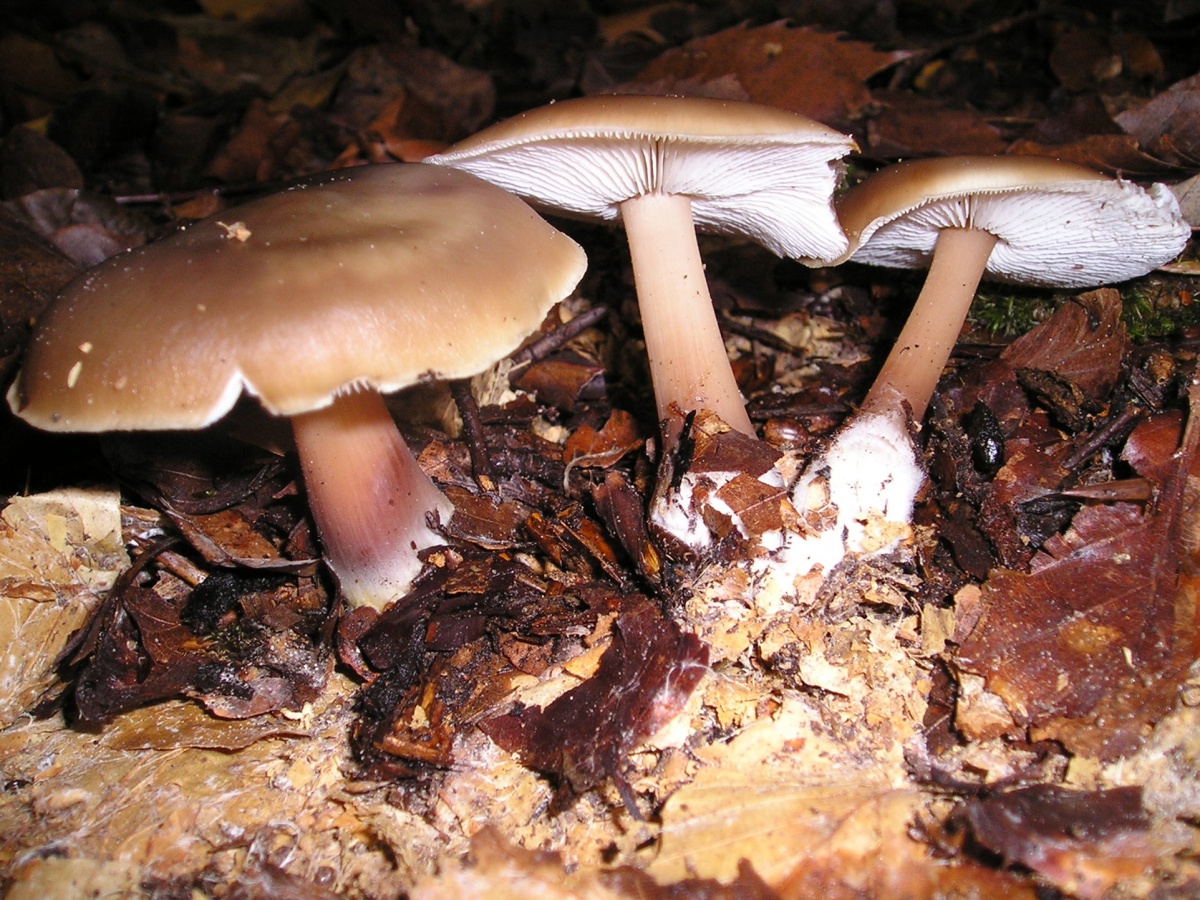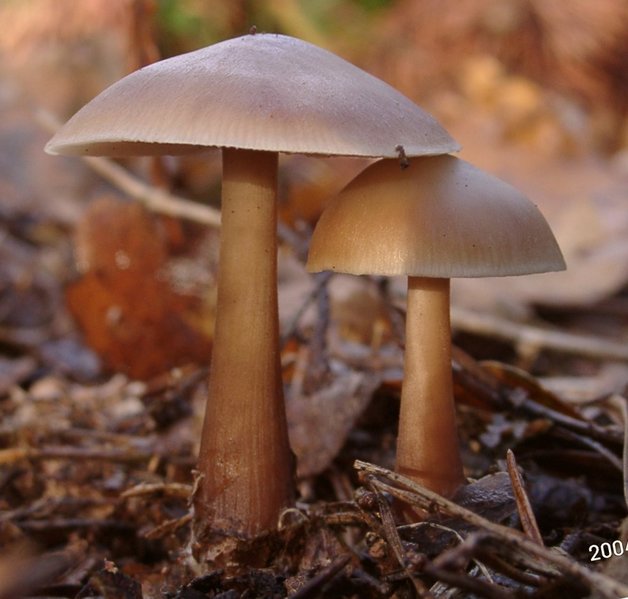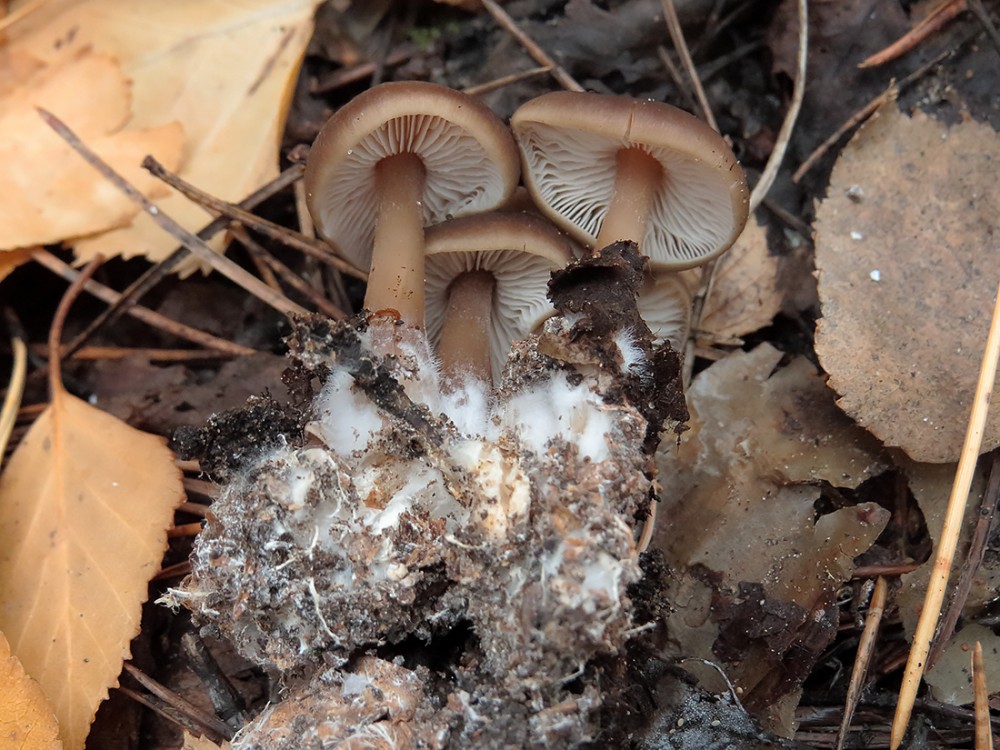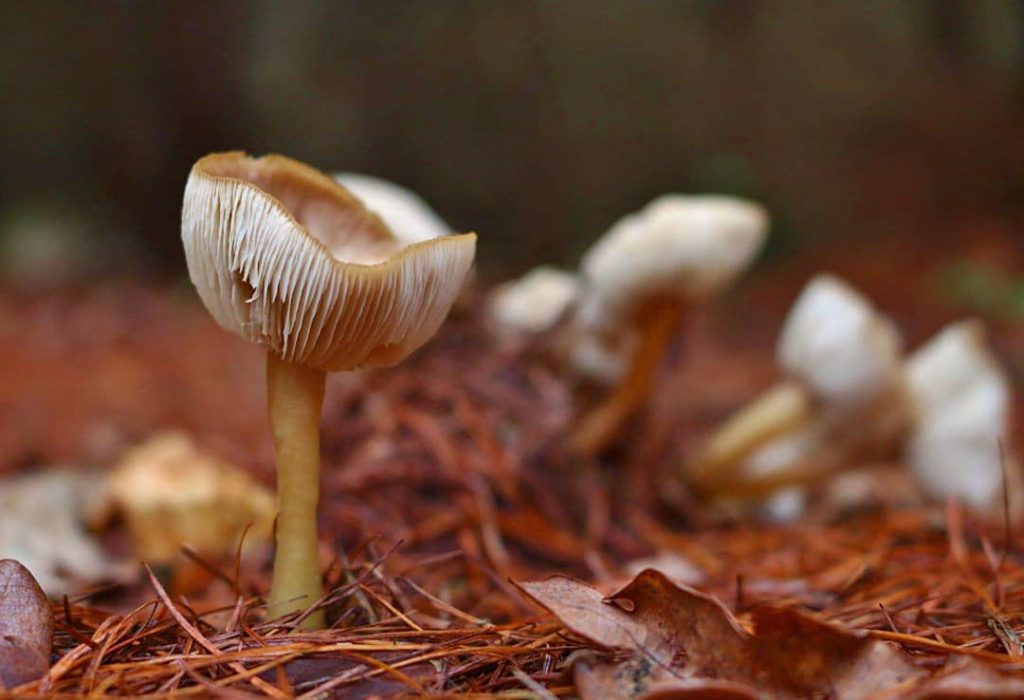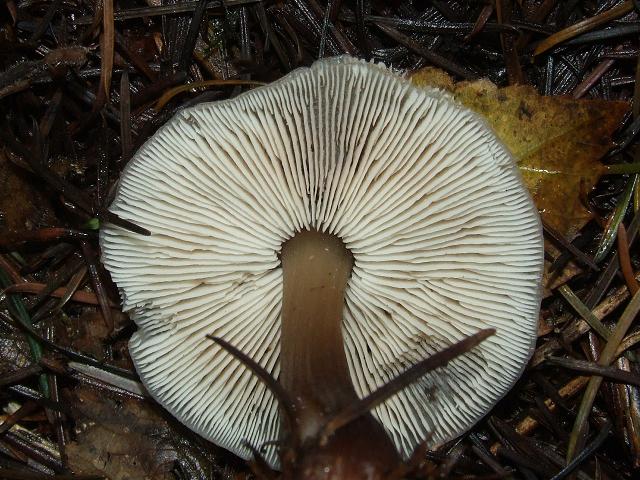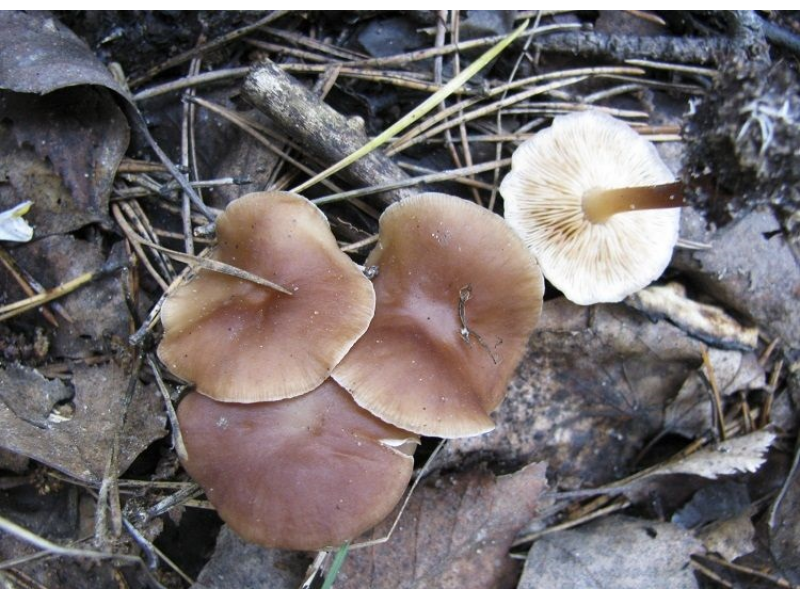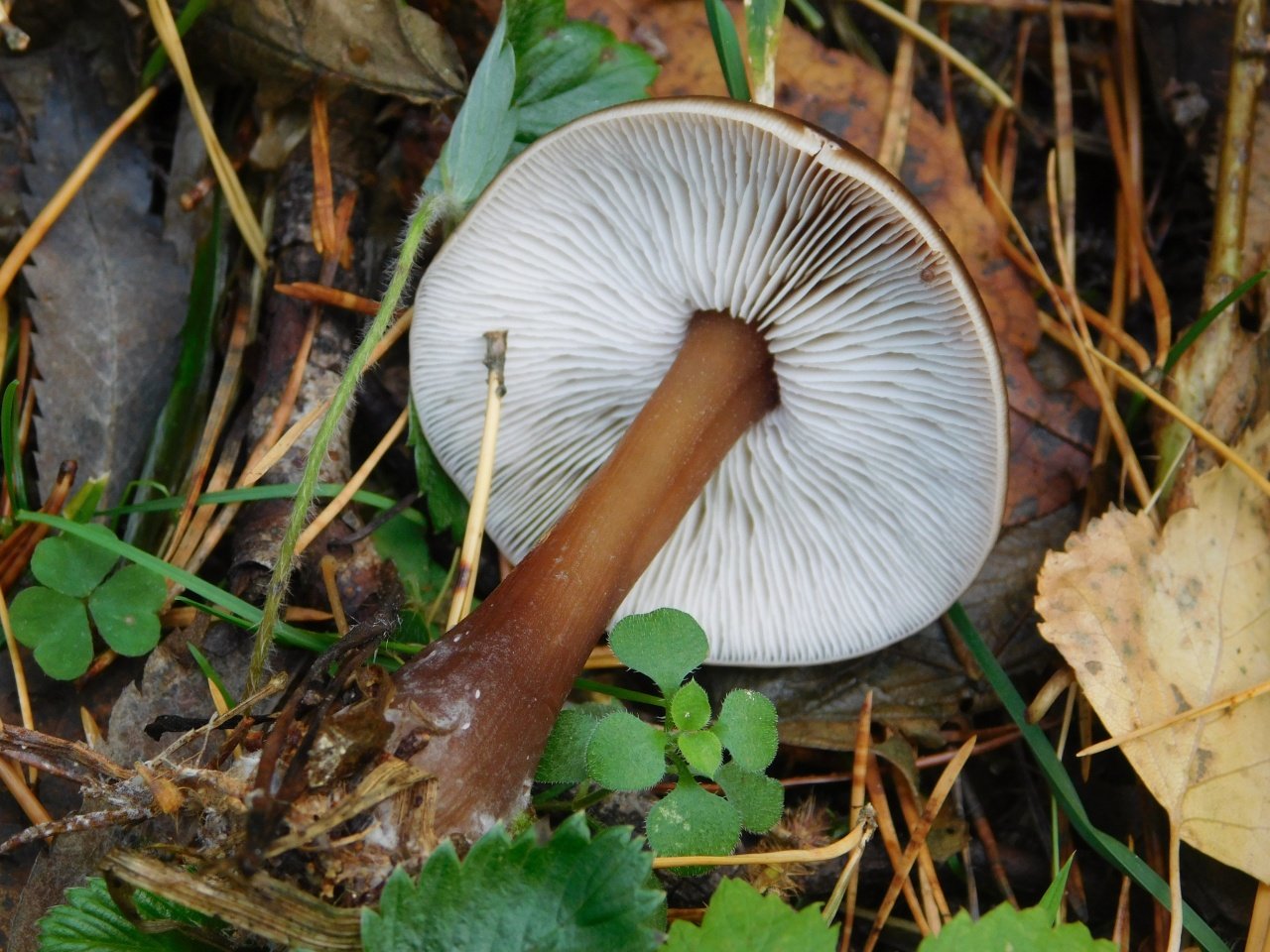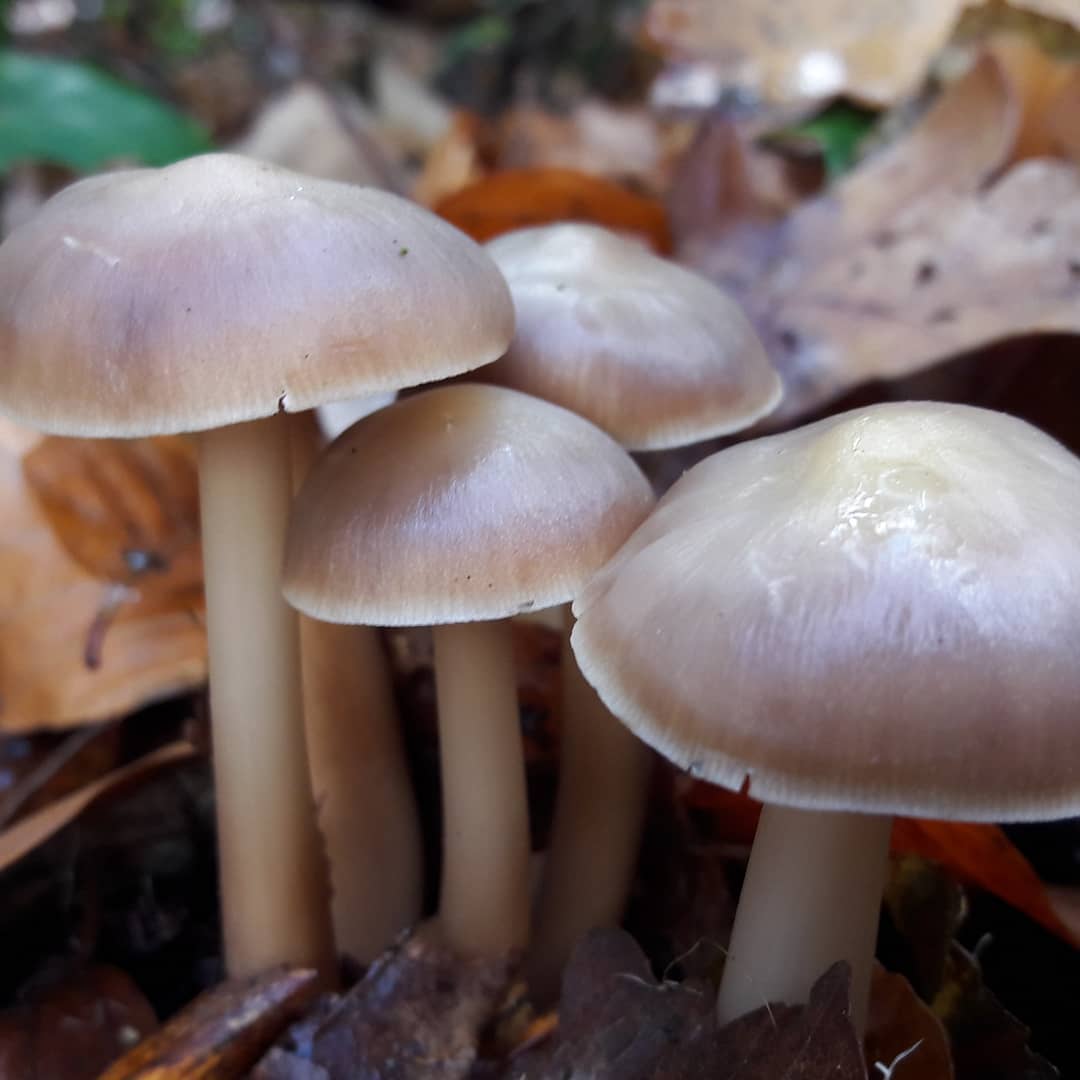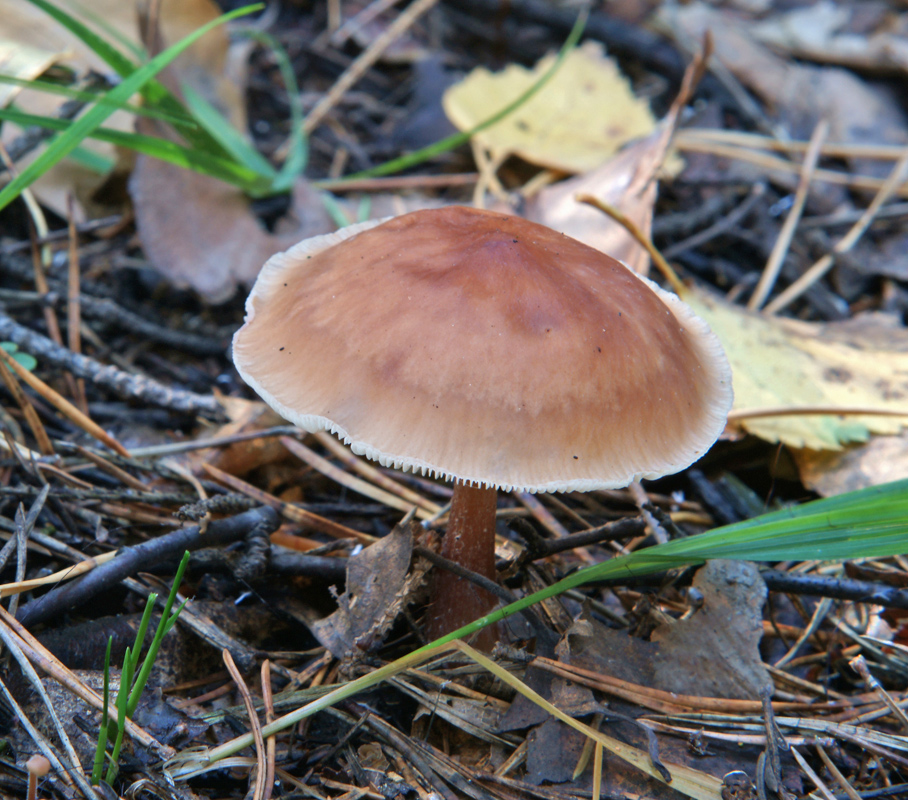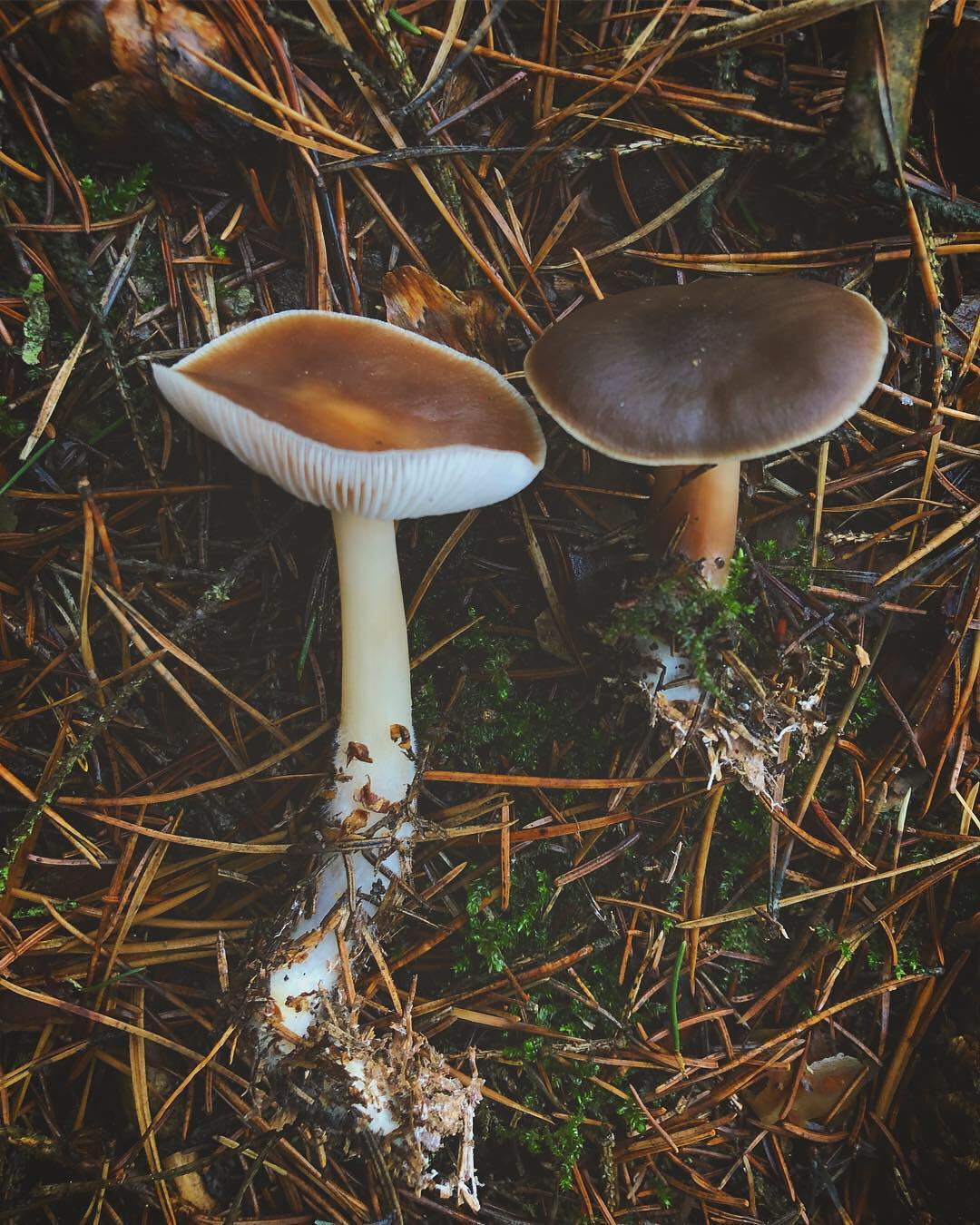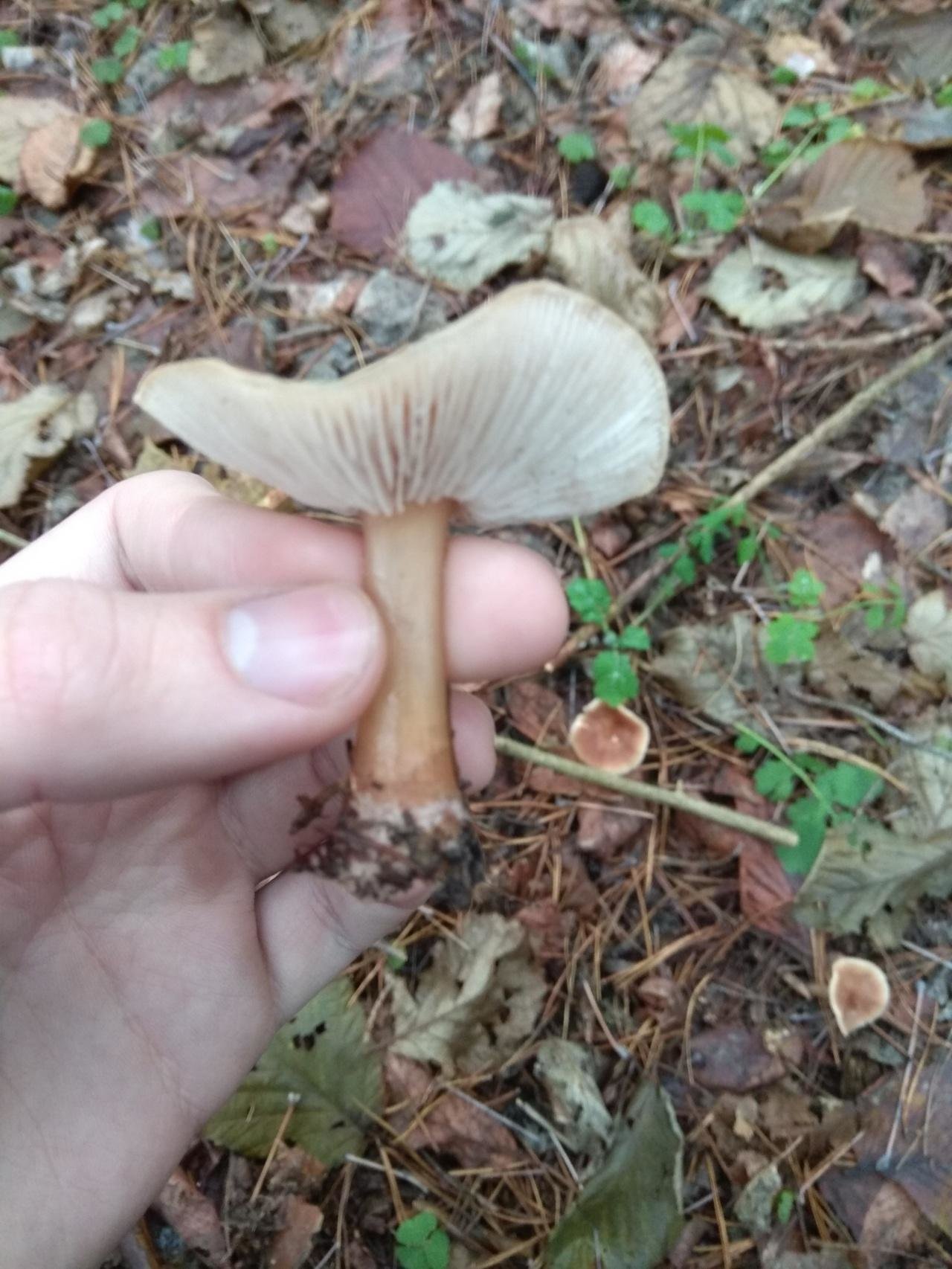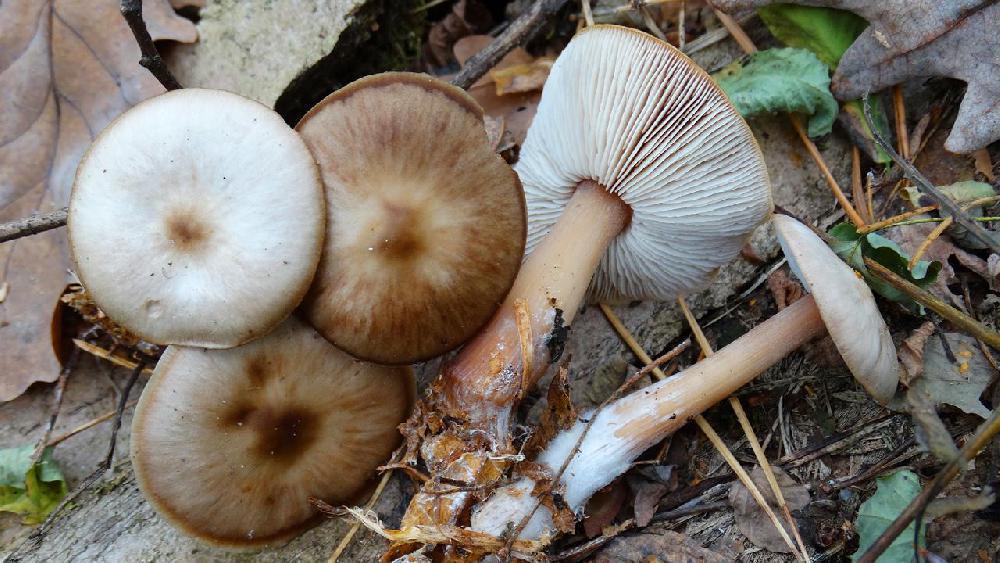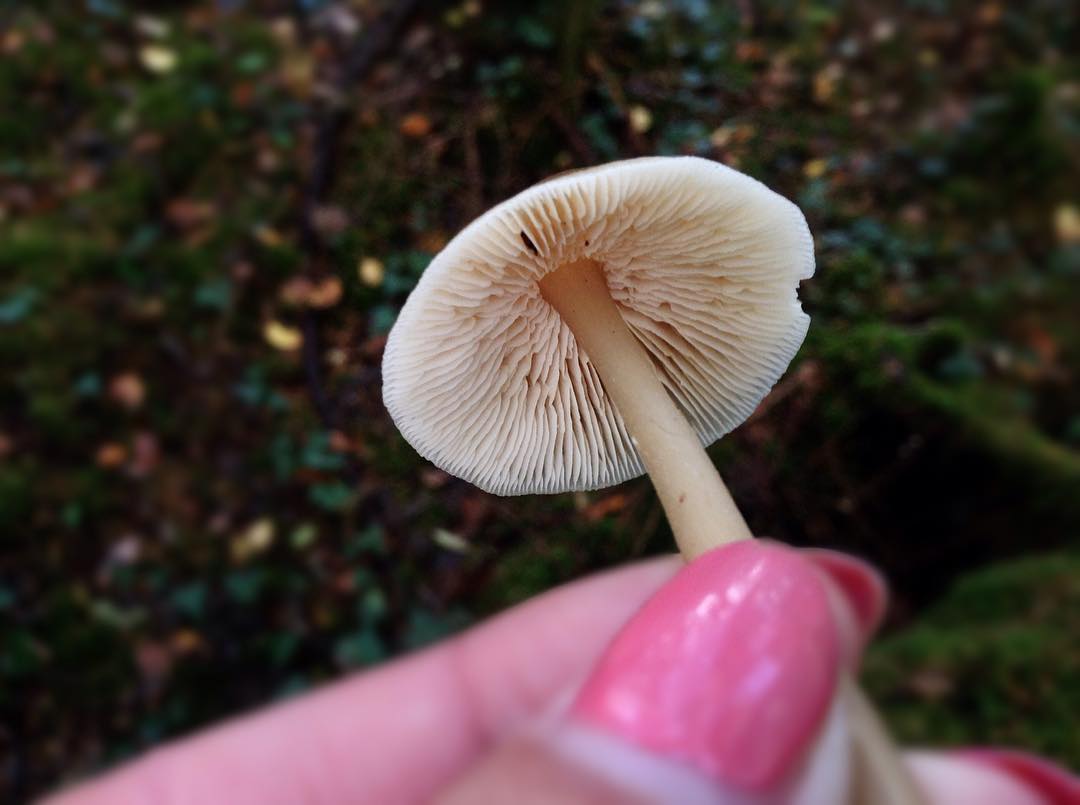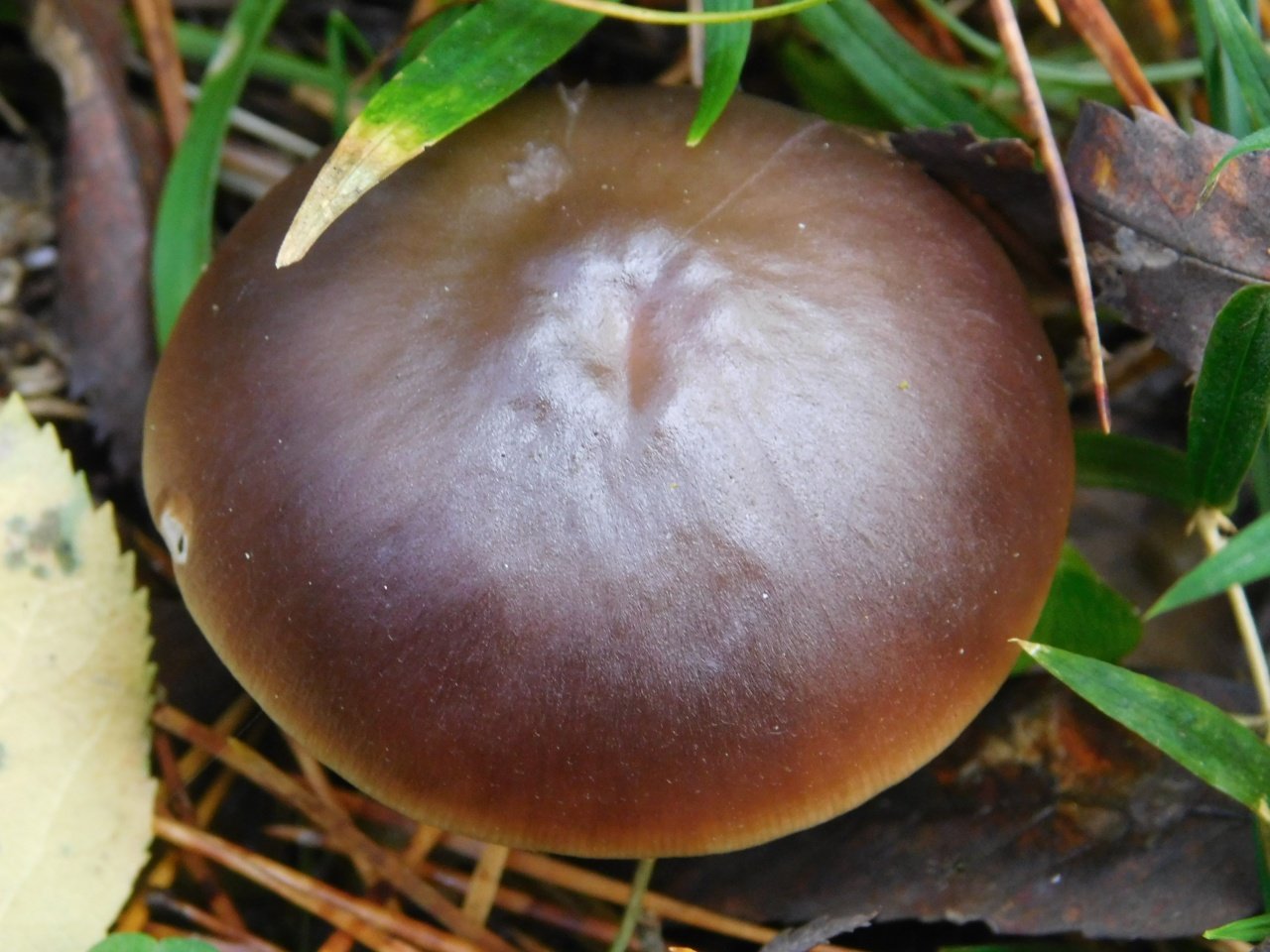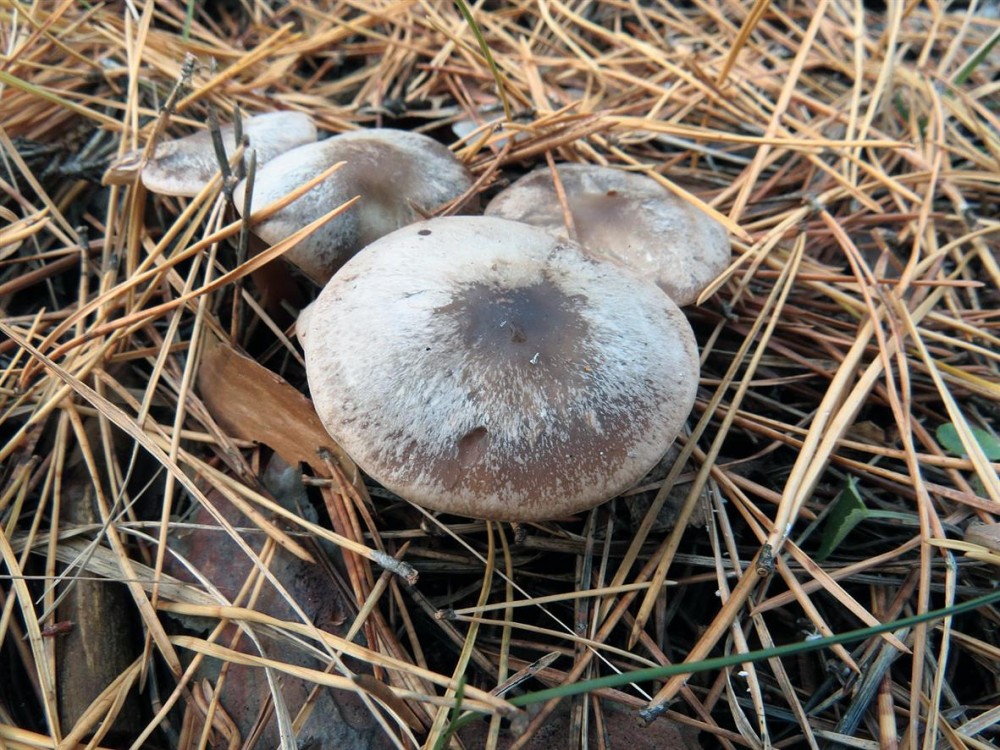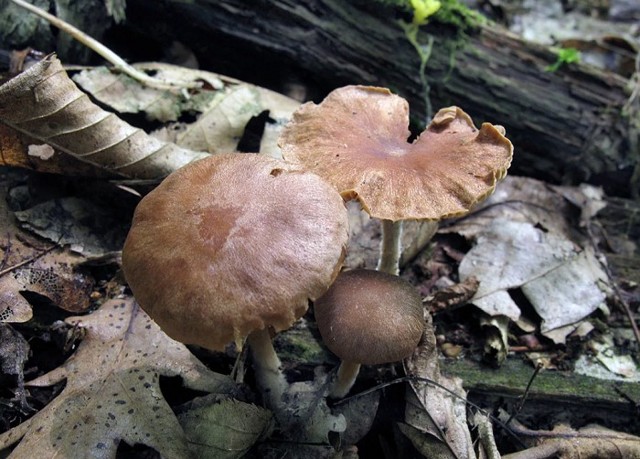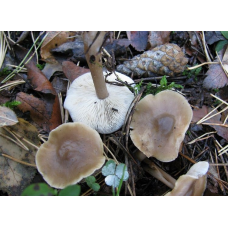Colibia tuberous
Collybia tuberosa - Latin Collybia tuberosa
In a different way, this variety is called Tuberous Colibia, Tuberous Amanita, Tuberous Microcolibia, Tuberous Gymnopus, Tuberous Negnium or Tuberous Gymnopus.
Description
Mushroom cap
The diameter of the tiny hat of Colibia tuberous is about 2-15 mm: it resembles a tiny saucer. At a young age, mushroom caps look like hemispheres with folded edges. As they grow older, the "headgear" straightens and becomes flat, with smooth or wavy edges.
The smooth skin covering the tuberous Microcolibia hat has a white, whitish or pale cream color, with a darker, deep middle. The edges of the hats always remain white and the radial stripes of the lamellar bottom are visible through them.
Tuberous hymnopus is filled with delicate thin white pulp.
Hat bottoms are dotted with many wide, different-sized intergrowing plates of white or whitish-pink hue.
Colibia tuberous reproduces as smooth, colorless ellipsoidal or teardrop-shaped spores that mature in a white spore powder.
Stipe
The thickness of the thin stem of the Tuberous Negnichnik is about 5-15 mm and rarely reaches 20 mm, the height varies within 10-50 mm. The leg is made in the form of an even cylinder, often smoothly curving, especially at the base. A white bloom is often formed in the upper part.
Inside, the legs are empty, composed of rough fibers. Their surface is painted in a whitish, ocher or brownish tint. They grow on granular smooth sclerotia formed from rotting lamellar fungi. It resembles a round or elongated tuber of yellowish or red-brown color - darker than the color of the fruiting body of Gymnopus tuberous.
Collybia tuberous - Collybia tuberosa
Growing places
The fungus prefers old fruiting bodies of lamellar fungi that grew on wood or fertile soil in the mixed forests of the northeastern regions and countries. On them, the above-described sclerotium is formed, the shape of which at the initial stage is often similar to an apple seed.
It is formed on old, rotting or half-decayed pains, hidiums, russula, saffron milk caps, polypores and other representatives of the mushroom kingdom. The main thing is that they have large dimensions and be fleshy.
Fruiting of Tuberous Microcolibia in the form of numerous colonies falls on summer, September and October days.
The pulp of Colibia tuberous does not have a rich taste and aroma, and does not belong to edible mushrooms, although there are no strong toxins in it. Therefore, if mushroom hunting takes place in meadows and other places, chosen by edible russula and mushrooms, you need to be especially careful not to pick up inedible mushrooms and not eat them.
L-L-L-L-L:
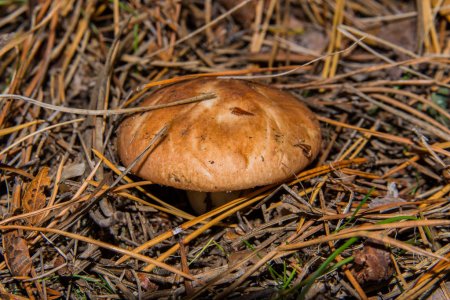 Suillus luteus luteus. Grihroom suillus luteus in dry pine needles close seup. Power supply
Suillus luteus luteus. Grihroom suillus luteus in dry pine needles close seup. Power supply
.
 Rhodocollybia butyracea. Rhodocollybia butyracea Rhodocollybia butyracea Pink and white. Linearity. Bustle
Rhodocollybia butyracea. Rhodocollybia butyracea Rhodocollybia butyracea Pink and white. Linearity. Bustle
.
 Rhodocollybia butyracea Rhodocollybia butyracea Rhodocollybia butyracea Flip-flop. Linearity. Bustle
Rhodocollybia butyracea Rhodocollybia butyracea Rhodocollybia butyracea Flip-flop. Linearity. Bustle
.
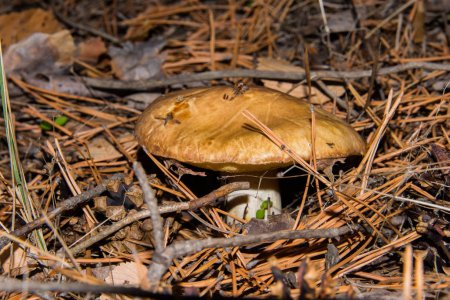 Suillus luteus suillus luteus suillus luteus Flip-flop. Power supply
Suillus luteus suillus luteus suillus luteus Flip-flop. Power supply
.
 Suillus luteus Shallow shallow hand.Luteus suillus luteus Power supply
Suillus luteus Shallow shallow hand.Luteus suillus luteus Power supply
.
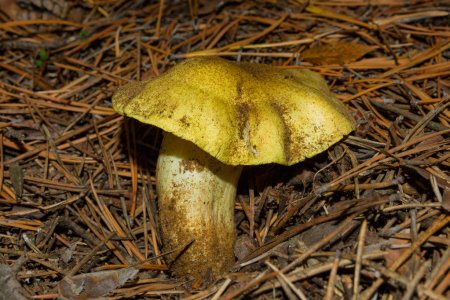 Bumpy Shallow, shallow, shallow, shallow, shallow
Bumpy Shallow, shallow, shallow, shallow, shallow
.
 Bunch of flowers Suillus luteus bunch of barks Suillus luteus close contact. Service
Bunch of flowers Suillus luteus bunch of barks Suillus luteus close contact. Service
.
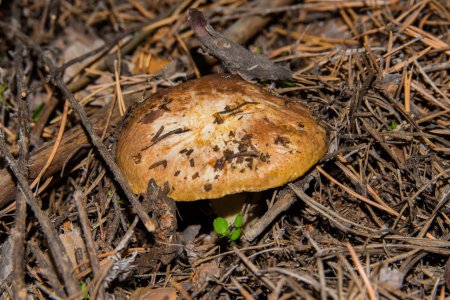 Bang bang bang bang bang bang Flip-flop. Contact
Bang bang bang bang bang bang Flip-flop. Contact
.
Biological description
- The cap is 2-12 cm in diameter, hygrophane, at a young age convex, then broadly convex, flat and depressed, sometimes with a small tubercle in the center, with smooth, oily, brown or reddish-brown, then light brown in wet weather surface. The form asema the hat is gray-brown.
- The pulp is white, soft, watery, without any special taste or smell.
- The hymenophore is lamellar, the plates are adherent to the stem or almost free, often located, white, slightly turning pink with age.
- Leg 2-10 cm long and 0.4-1 cm thick, more or less even, usually hollow, rather stiff, smooth.
- Spore powder of cream, yellowish or pinkish color. Spores 6-8 × 3-3.5 µm, elliptical, smooth.
Edible.
Description
Lat. Rhodocollybia butyracea, Collybia butyracea. Other names - Rhodocolibia oily, Colibia oily, Colibia chestnut, Oily money.
This is a genus of caps, late ripening, conditionally edible, colibioid fungi of the Ryadovkov family, which are often called "money" for their external resemblance to small coins.
Hat
A young mushroom has a hemispherical cap. Over time, it becomes more convex, and later acquires a prostrate, slightly depressed appearance with upward curved edges. Its diameter is 2–12 centimeters. Some specimens have a small tubercle in the center.
Colibia's cap is oil hygrohan, that is, it is capable of changing its appearance depending not only on age, but also on the level of humidity in the growing area. In rainy weather, its surface becomes oily.
The color of the cap can be light brown, reddish, burgundy, chestnut, brown. The edges are painted in lighter colors.
Hymenophore
The lower part of the cap, or hymenophore, consists of a large number of frequently located plates. They are located freely or can be tightly adhered to the stem. There are shortened intermediate plates between the large plates.
A characteristic feature of colibia is the white color of the hymenophore. In the process of maturation, it acquires a pink tint, and with age, the plates become darker.
Spores are smooth, slightly elongated and elliptical. Their powder is colored white, pale yellow or pinkish.
Pulp
Collibia is a thin-fleshy mushroom. The pulp is watery, white or light brown in color. Under the skin, it has a rich brown color.
Leg
The leg is even, cartilaginous, rigid, hollow inside. Its length ranges from 2 to 10 cm, in girth it can reach 1 cm. In the upper part, under the cap, it is slightly flattened, and in the lower part it has a slight thickening, covered with a white felt coating.
Time and place of fruiting oil money
The fungus is quite rare. At the same time, it is well camouflaged near the bases of trees and is not always visible to mushroom pickers.
Rhodocollybia butyracea is a saprotroph that grows in coniferous and deciduous forests on dried wood, in grass, moss or leaf litter. Most often it can be found in the pine forest.
It grows from the beginning of summer until the first snow, when there are no other relatives. When collecting, the fruit body is cut off at the root, and this place is covered with earth or foliage.
What is the value of "money" - the chestnut Colibia mushroom?
Colibia oily is a mushroom of the non-nipple family.It grows in temperate latitudes in Europe and North America. Currently, about 70 of its varieties are known, in Russia there are more than 20 species.
Description
Lat. Rhodocollybia butyracea, Collybia butyracea. Other names - Rhodocolibia oily, Colibia oily, Colibia chestnut, Oily money.
This is a genus of caps, late ripening, conditionally edible, colibioid fungi of the Ryadovkov family, which are often called "money" for their external resemblance to small coins.
Hat
A young mushroom has a hemispherical cap. Over time, it becomes more convex, and later acquires a prostrate, slightly depressed appearance with upward curved edges. Its diameter is 2–12 centimeters. Some specimens have a small tubercle in the center.
Colibia's cap is oil hygrohan, that is, it is capable of changing its appearance depending not only on age, but also on the level of humidity in the growing area. In rainy weather, its surface becomes oily.
The color of the cap can be light brown, reddish, burgundy, chestnut, brown. The edges are painted in lighter colors.
Hymenophore
The lower part of the cap, or hymenophore, consists of a large number of frequently located plates. They are located freely or can be tightly adhered to the stem. There are shortened intermediate plates between the large plates.
A characteristic feature of colibia is the white color of the hymenophore. In the process of maturation, it acquires a pink tint, and with age, the plates become darker.
Spores are smooth, slightly elongated and elliptical. Their powder is colored white, pale yellow or pinkish.
Pulp
Collibia is a thin-fleshy mushroom. The pulp is watery, white or light brown in color. Under the skin, it has a rich brown color.
Leg
The leg is even, cartilaginous, rigid, hollow inside. Its length ranges from 2 to 10 cm, in girth it can reach 1 cm. In the upper part, under the cap, it is slightly flattened, and in the lower part it has a slight thickening, covered with a white felt coating.
Time and place of fruiting oil money
The fungus is quite rare. At the same time, it is well camouflaged near the bases of trees and is not always visible to mushroom pickers.
Rhodocollybia butyracea is a saprotroph that grows in coniferous and deciduous forests on dried wood, in grass, moss or leaf litter. Most often it can be found in the pine forest.
It grows from the beginning of summer until the first snow, when there are no other relatives. When collecting, the fruit body is cut off at the root, and this place is covered with earth or foliage.
False doubles
The main difference between money and related species, including inedible ones, is the oily cap. Interest for lovers of "quiet hunting" may be of such varieties:
- Collibia is spotted. It belongs to conditionally edible mushrooms and close relatives of butterflies. It has a conical or hemispherical cap with edges turned down. Its surface is white with brown-rusty spots, which serve as a distinctive feature. The pulp is elastic and very firm. The leg is slightly curved, painted white with small brown spots on the surface. It requires moist and acidic soil to grow. It is found in very large families.
The difference between different types of collisions can be seen in the photo.
Taste qualities of Colibia buttery
Colibia oil has a smack of sawdust, so it is rarely eaten, although it belongs to conditionally edible mushrooms. To get rid of the unpleasant taste, it is pre-boiled for 10-15 minutes. Only hats are used for cooking.
Cooking recipes
After collection, the colibia should be properly handled.
- To do this, pour it into a large container and fill it with cold, slightly salted water for 10 minutes. This procedure will quickly get rid of dirt, dirt, adhering leaves and insects.
- Then the mushrooms are washed and the caps are separated from the legs, since the oil legs of the money are hard and are not used for cooking.
- Clean fruit bodies are placed in a large saucepan, poured over with cold water and brought to a boil over high heat.
- Reducing the flame, cook for another 15 minutes, then drain and rinse with running water.
Boiled mushrooms can be used with onions, carrots, garlic, peppers and sour cream. Colibia goes well with stews, chicken and meat. It can also be pickled and salted.
Description
Lat. Rhodocollybia butyracea, Collybia butyracea. Other names - Rhodocolibia oily, Colibia oily, Colibia chestnut, Oily money.
This is a genus of caps, late ripening, conditionally edible, colibioid fungi of the Ryadovkov family, which are often called "money" for their external resemblance to small coins.
Hat
A young mushroom has a hemispherical cap. Over time, it becomes more convex, and later acquires a prostrate, slightly depressed appearance with upward curved edges. Its diameter is 2–12 centimeters. Some specimens have a small tubercle in the center.
Colibia's cap is oil hygrohan, that is, it is capable of changing its appearance depending not only on age, but also on the level of humidity in the growing area. In rainy weather, its surface becomes oily.
The color of the cap can be light brown, reddish, burgundy, chestnut, brown. The edges are painted in lighter colors.
Hymenophore
The lower part of the cap, or hymenophore, consists of a large number of frequently located plates. They are located freely or can be tightly adhered to the stem. There are shortened intermediate plates between the large plates.
A characteristic feature of colibia is the white color of the hymenophore. In the process of maturation, it acquires a pink tint, and with age, the plates become darker.
Spores are smooth, slightly elongated and elliptical. Their powder is colored white, pale yellow or pinkish.
Pulp
Collibia is a thin-fleshy mushroom. The pulp is watery, white or light brown in color. Under the skin, it has a rich brown color.
Leg
The leg is even, cartilaginous, rigid, hollow inside. Its length ranges from 2 to 10 cm, in girth it can reach 1 cm. In the upper part, under the cap, it is slightly flattened, and in the lower part it has a slight thickening, covered with a white felt coating.
Time and place of fruiting oil money
The fungus is quite rare. At the same time, it is well camouflaged near the bases of trees and is not always visible to mushroom pickers.
Rhodocollybia butyracea is a saprotroph that grows in coniferous and deciduous forests on dried wood, in grass, moss or leaf litter. Most often it can be found in the pine forest.
It grows from the beginning of summer until the first snow, when there are no other relatives. When collecting, the fruit body is cut off at the root, and this place is covered with earth or foliage.
Pluggable locator:
 Burgundy
Burgundy
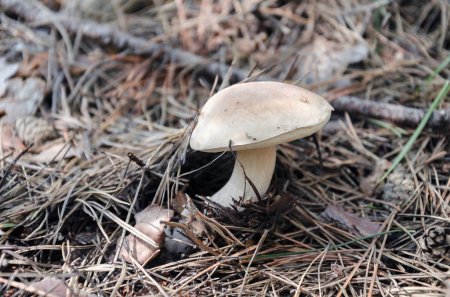 Burgundy, burgundy, burgundy, burgundy, burgundy
Burgundy, burgundy, burgundy, burgundy, burgundy
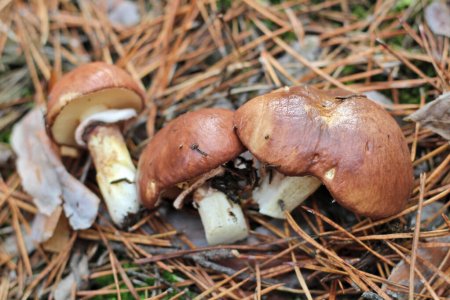 Good and bad. Flush, flare, flare, flare, flare, flare, flare, flare, flare, flare, flare, flare, flare, flare, flare, flare, flare, flare, flare, flare, flare, line, line, line, line, line RESTAURANT
Good and bad. Flush, flare, flare, flare, flare, flare, flare, flare, flare, flare, flare, flare, flare, flare, flare, flare, flare, flare, flare, flare, flare, line, line, line, line, line RESTAURANT
 Rose, Rose, Rose, Rose, Rose, Rose Bay bolete, mushroom imleria bbhbs mushroom boletus badius mushroom, soft mushroom
Rose, Rose, Rose, Rose, Rose, Rose Bay bolete, mushroom imleria bbhbs mushroom boletus badius mushroom, soft mushroom
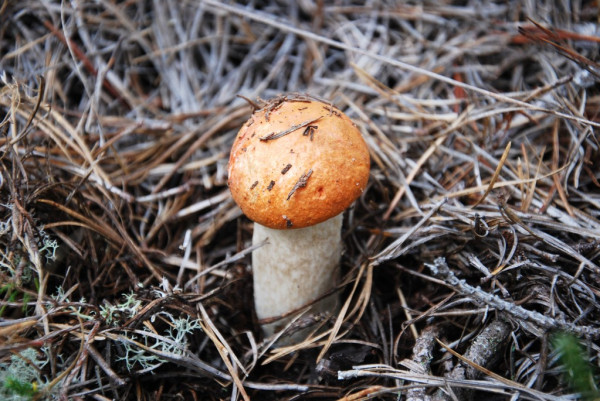 ÑѸ ±
ÑѸ ±
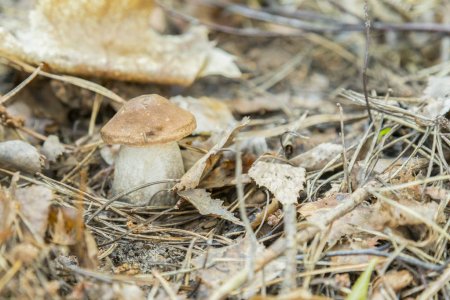 Roughness Cep boletus. mushroom in forest Porcino, bolete, boletus.White mushroom on green background .Natural white mushroom growing in a forest
Roughness Cep boletus. mushroom in forest Porcino, bolete, boletus.White mushroom on green background .Natural white mushroom growing in a forest
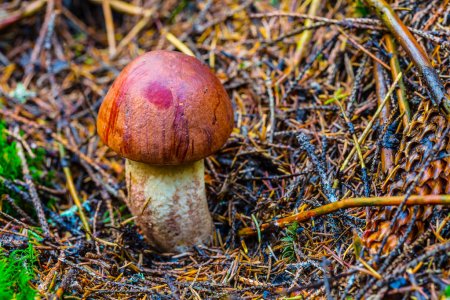 Bridging
Bridging
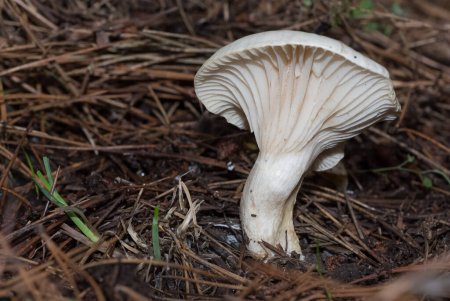 Burgundy
Burgundy
False doubles
The main difference between money and related species, including inedible ones, is the oily cap. Interest for lovers of "quiet hunting" may be of such varieties:
- Collibia is spotted. It belongs to conditionally edible mushrooms and close relatives of butterflies. It has a conical or hemispherical cap with edges turned down. Its surface is white with brown-rusty spots, which serve as a distinctive feature. The pulp is elastic and very firm. The leg is slightly curved, painted white with small brown spots on the surface. It requires moist and acidic soil to grow. It is found in very large families. Collibia spotted
Collibia is crowded. An edible mushroom that grows on deadwood in coniferous forests forms small colonies. Young specimens have a thin convex cap, which becomes semi-spread with age, with winding edges. Its surface is reddish-brown in color. The pulp is thin, tender, watery, odorless and tasteless. The stem is cylindrical, dense, up to 10–12 cm long. Fruiting begins at the end of summer. Kollibia is crowded Kollibia is les-loving. Grows in mixed forests together with oak and pine, forming small colonies. This species prefers fallen leaves and rotten wood. The fruiting period is June – November. Kollibia is a lesbian Grows on stumps, prefers oak and beech forests. A hat with a diameter of up to 8 cm, with a blunt tubercle in the center. The leg is 4–8 cm long, up to 1.5 cm thick, spindle-shaped, colored red-brown. Fruiting in summer and early autumn. The mushroom is inedible and can cause mild poisoning when eaten.
The difference between different types of collisions can be seen in the photo.
general characteristics
All members of the Collibia genus have similar characteristics:
- Hat: thin-fleshy, in rare cases has a well-developed flesh, small in size, does not exceed 2 cm in diameter, convex in shape at the initial stage of growth, subsequently flat-spread, in adult specimens a fossa appears in the central part, in young mushrooms it has rolled edges, pale in shades of white, brown and yellow.
- Hymenophore: formed by frequent plates adhered to the bases of the mushroom stem or free, the color of the hymenophore plates can be pale cream or light brown.
- Leg: thin, covered with a mealy bloom, the lower part of the leg is usually hairy, the shape of the leg is often even, cylindrical, in some cases swollen.
Some types of colibia form sclerotia.

